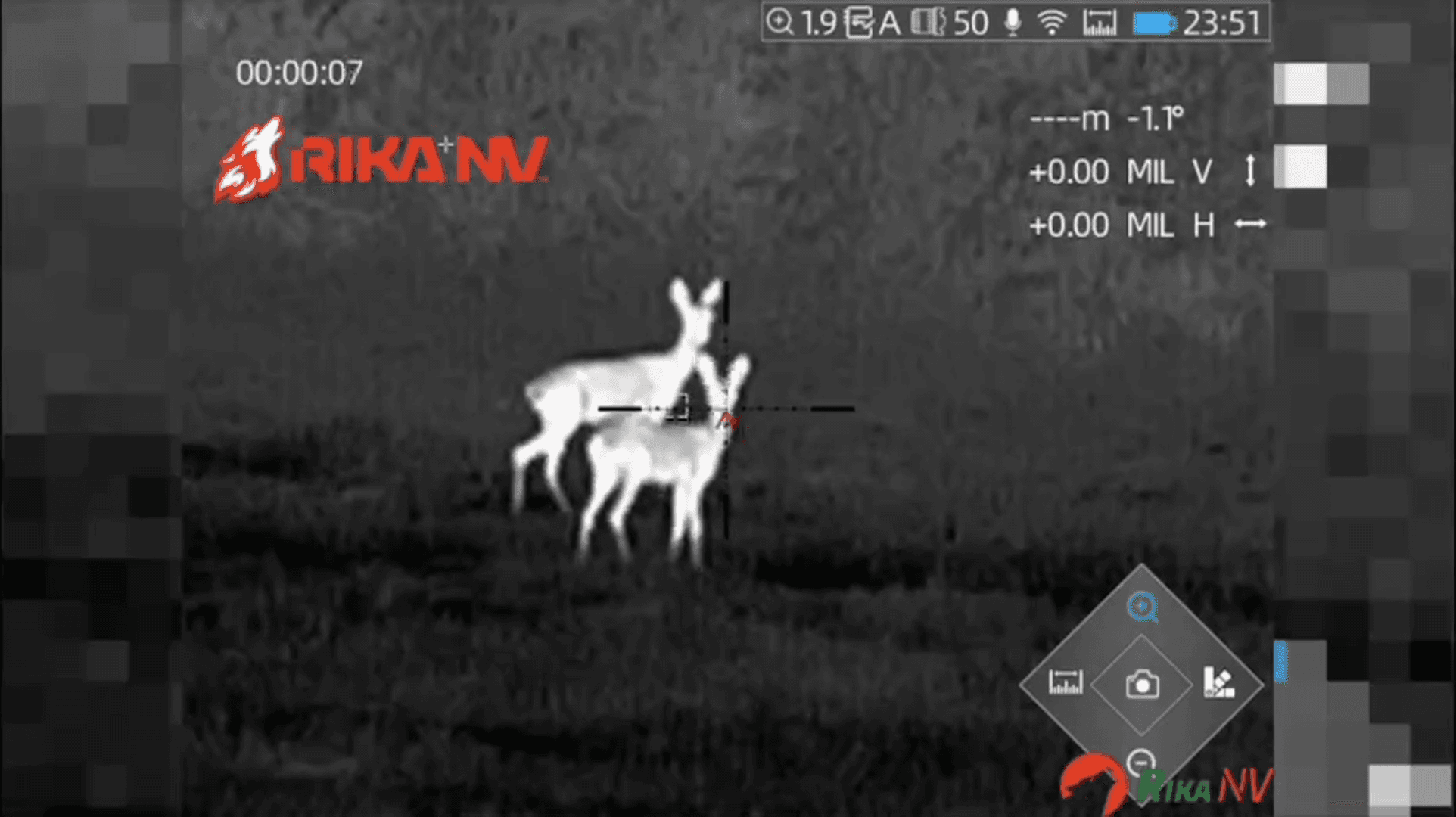
Tips for Camouflage in Hunting: Choosing the Right Camouflage, Blending In, and Minimizing Noise Effective #camouflage is key to a successful #hunt, as blending into the environment lets hunters approach their target undetected. Here are some tips on choosing the right #camouflage_gear, staying hidden in the forest or open areas, and minimizing noise. Camouflage: How to Choose the Right One The choice of camouflage depends on the terrain, season, and time of day. In the forest, green and brown tones help blend in with trees and foliage, while in winter conditions, a white-grey camouflage works best on snowy terrain. For hunting in open plains, beige and brown colors are better, blending in with grass and dry landscapes. Seasonal #hunting_camouflage also varies: summer clothing is lightweight and breathable, while winter gear is warm and can come with snow covers. Blending in on Different Terrains Beyond camouflage, choose #hunting_gear that doesn’t stand out in the environment. Hats
Post: 1 November 10:58















































